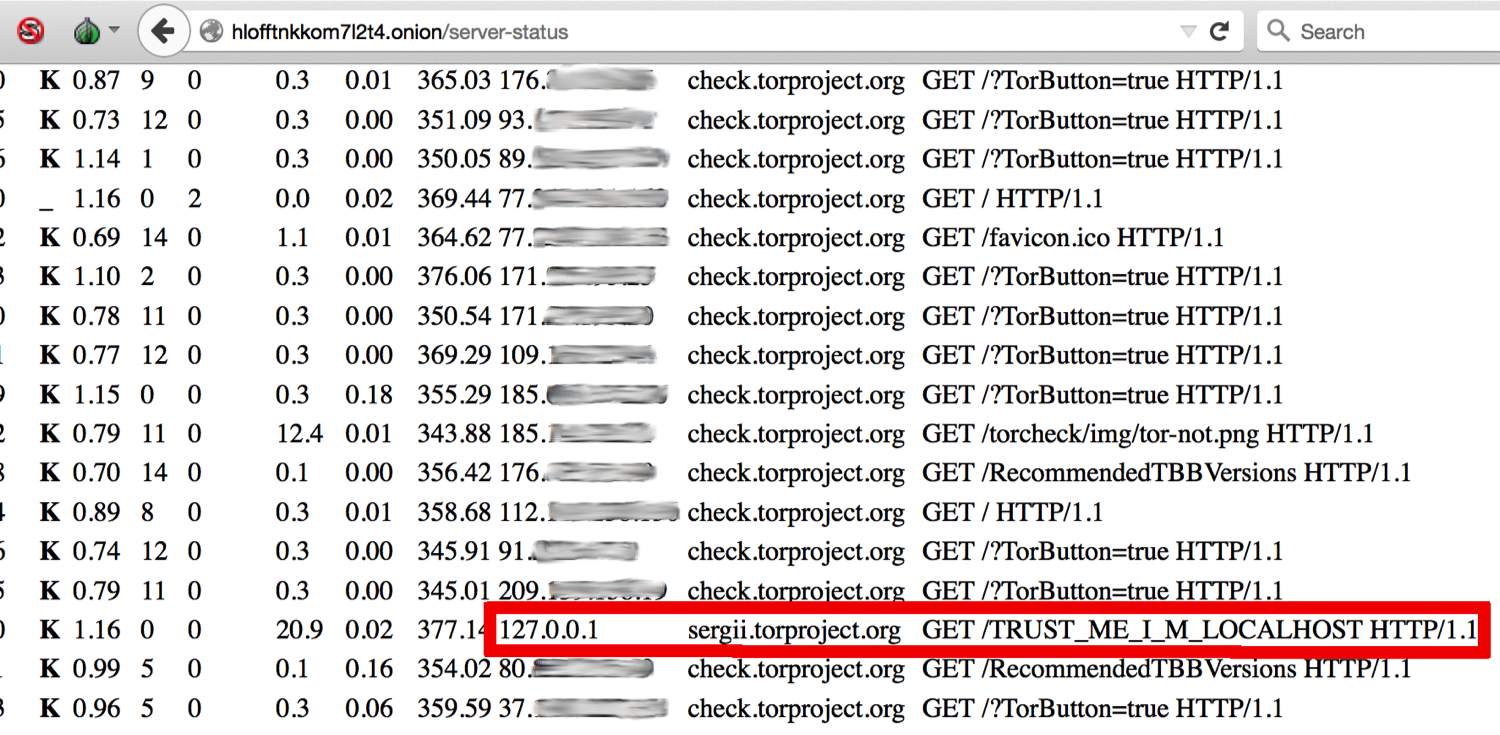This post can be treated as a continuation of previously published article of “Deanonymization made simple”. As mentioned, more than five hundred of publicly gathered hidden services were misconfigured to disclose /server-status page. I’ve analyzed all of them, and the results looked quite interesting to me to publish those.
I would like to thank my friends @josephfcox and @flexlibris for providing me with invites to Riseup and making this article possible.
In my previous post the main target of such attacks were hidden services themselves, or servers. It sounds obvious that clients are under attack and can potentially be disclosed, too. However, this is not exactly the case. Whereas all GET-requests are stored and available to any unauthenticated attacker, it is often hard to find a correlation between the user and his actions. Accessing a service under Tor will log a record with 127.0.0.1 as visitor’s IP address - and even if there were external IP-addresses, they would be just exit nodes. For example, on the following screenshot one can see current requests to a variant of “Dark Google”:
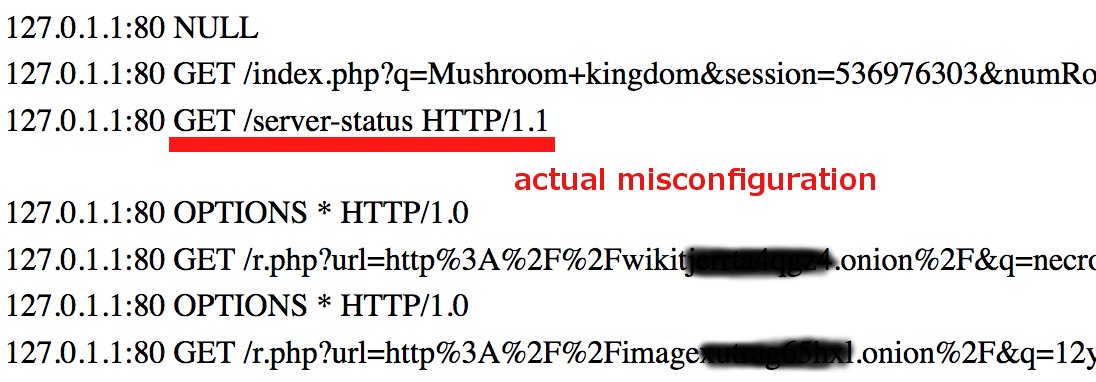
This information can be rather used for statistics than for actual de-anonymization. I don’t feel to publish it here but my observations show that probably there is a reason why such Tor services are called “dark”.
The following scenario is more of help though, since knowing the “key” parameter value serves as auth method and lets anybody knowing it see the confirmation of the order - along with the cost, BTC addresses of both parties, purchased product and customer details. Data from log:

Actual order along with client data:
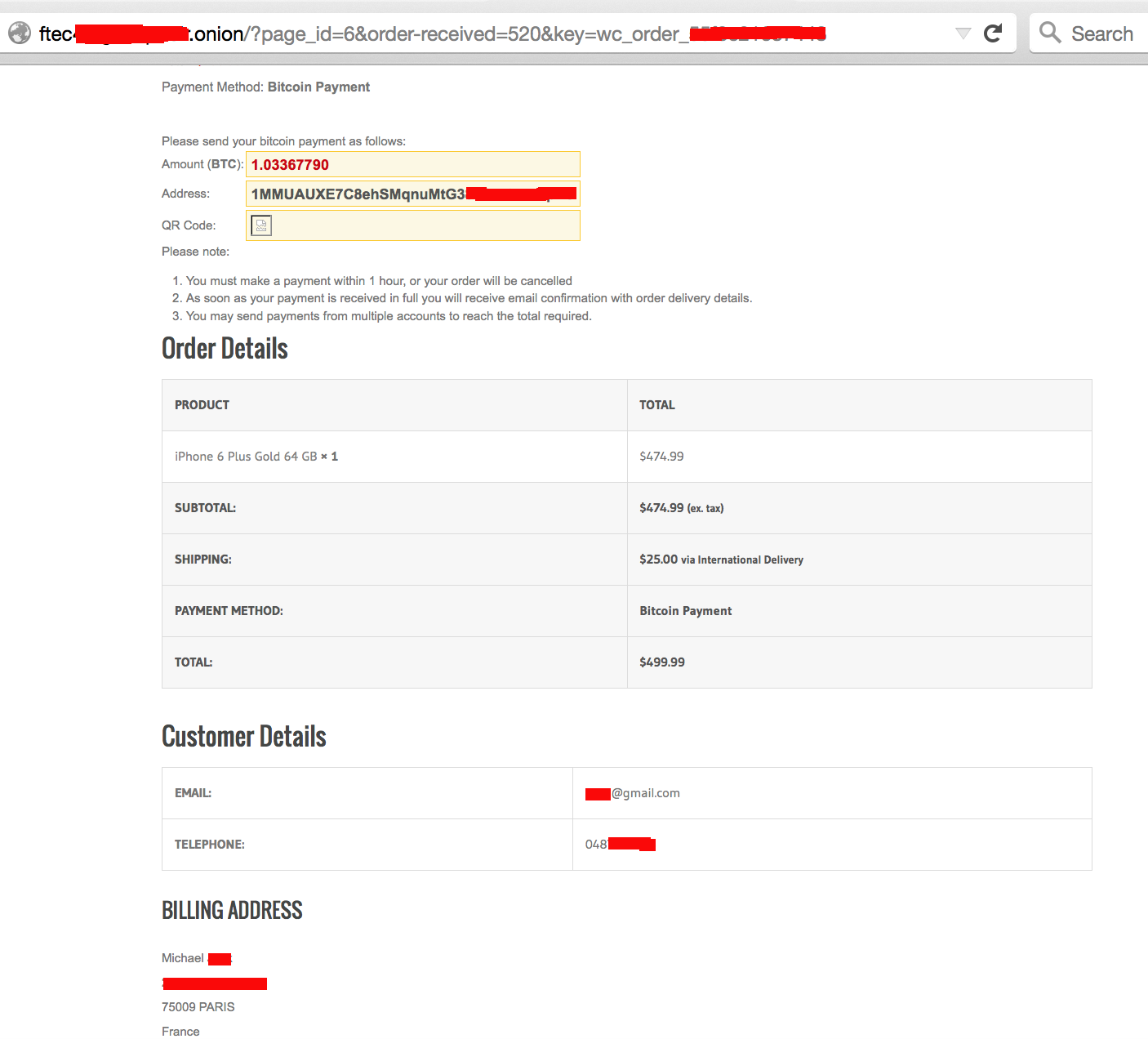
Although “pure” hidden service can rarely be used for successful DA with this method (probably if not taking in consideration stupid authorization mistakes and poor authentication schemes), it becomes trivial in case of ordinary non-Tor services are in place. Moreover, in the next examples presence of a hidden service actually decreases overall security!
Riseup
Your riseup.net email account is a wonderful thing. Although we don’t provide as much storage quota as surveillance-funded corporate email providers, riseup.net email has many unusual features: <…> we do not log internet addresses of anyone using riseup.net services, including email. *
* welcome email for newcomers
Riseup has three types of accounts sorted by security level: green (lists, wiki), red (email, shell, OpenVPN) and black (Bitmask enhanced security). In this section I will concentrate on red and black accounts, since green ones do not seem to have that much importance in terms of privacy.
Brief information: incorrect configuration of nearly all of HTTP(S) services (listed here: https://help.riseup.net/security/network-security/tor/hs-addresses-signed.txt) allows an attacker to disclose IP addresses of currently active users, their contacts from address book, login name at the moment, and in case of black.* service - to find a correlation between unique hashed ID of the user and his real login, to further spy on his activities. According to the earliest references I was able to find, this vulnerability was in place at least from 2012, which presents critical privacy risk to all Riseup users. Since it is quite trivial to set up monitoring of all the requests made to the systems, probably many of the users were already successfully de-anonymized during those 3+ years.
Vulnerable services in “darknet”:
- http://nzh3fv6jc6jskki3.onion/server-status - help.*, lyre.*, riseup.net
- http://cwoiopiifrlzcuos.onion/server-status - black.*, api.black.*
- http://zsolxunfmbfuq7wf.onion/server-status - cotinga.*, mail.*
- http://yfm6sdhnfbulplsw.onion/server-status - labs.*, bugs.otr.im
- http://xpgylzydxykgdqyg.onion/server-status - lists.*, whimbrel.*
- http://j6uhdvbhz74oefxf.onion/server-status - user.*
- http://7lvd7fa5yfbdqaii.onion/server-status - we.*
Sample data, which can be disclosed:
RED : remote IP address of the current user, his actions and address book contacts
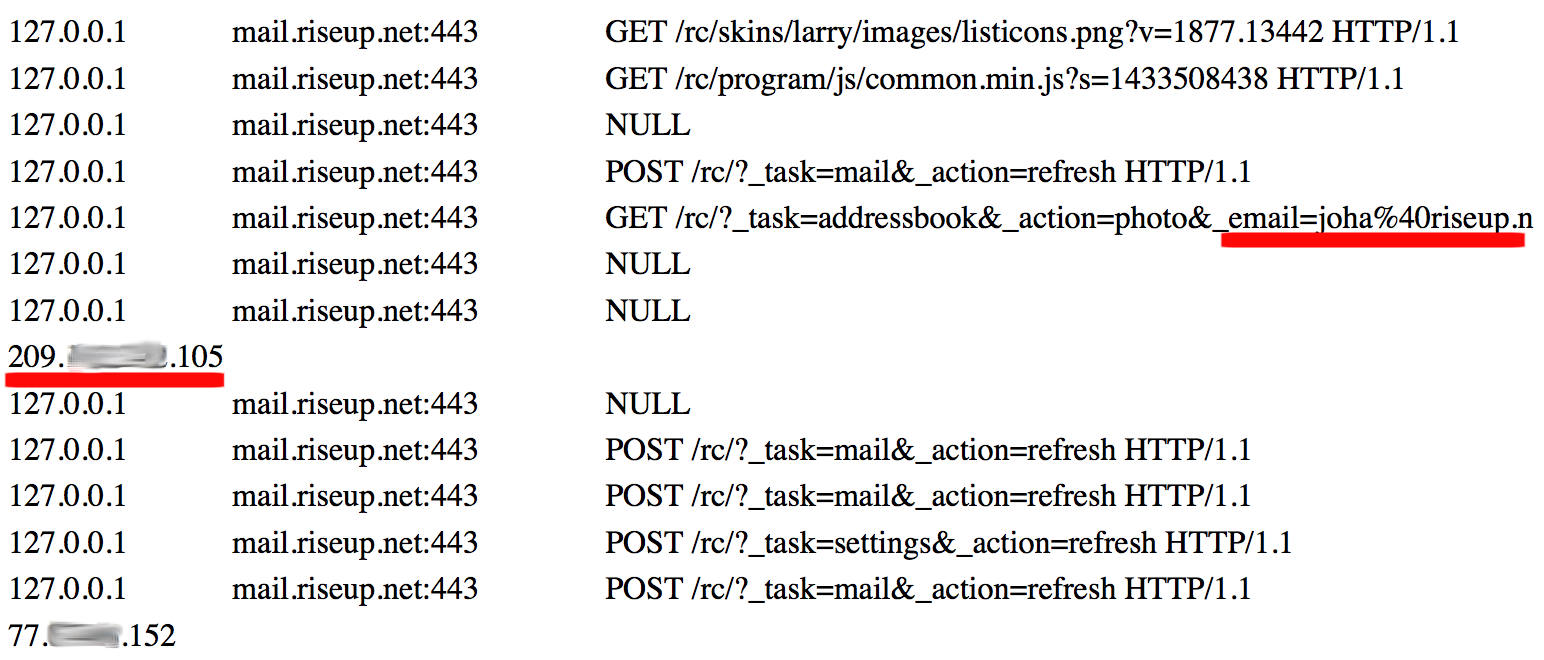
RED : currently logged in user, and his actions

BLACK : correlation between real user login and his unique hash ID, which is used later to anonymize all the activities he makes

Megafon
As you might deduce, Megafon, one of the largest Russian mobile operators, is affected too. In this case, it was set of old subscription services along with WAP.
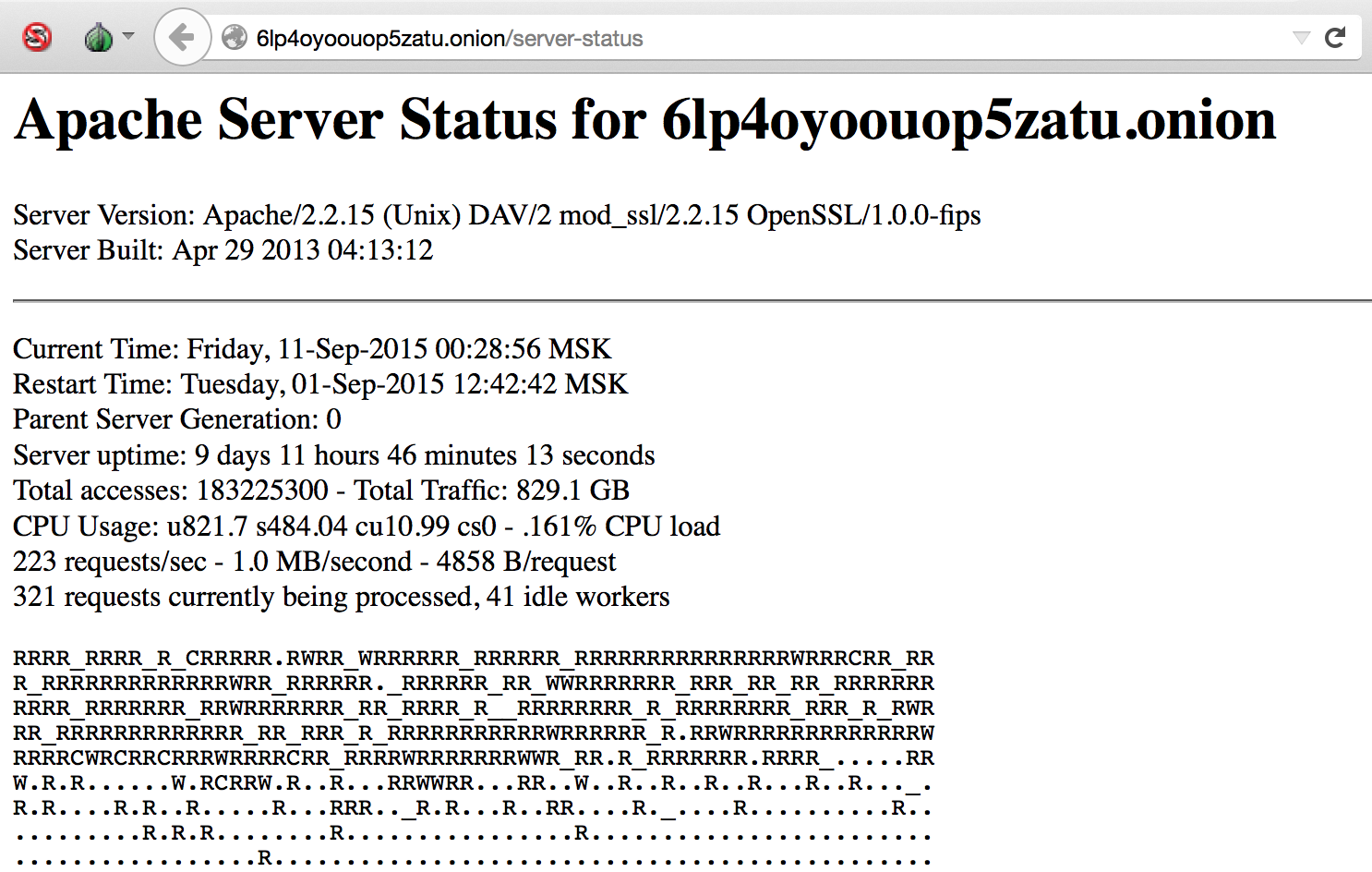
Brief information: it is possible for non-authenticated user to disclose list of all current connections (active users w/mobile phone numbers), internal pages of vulnerable services, information about current transactions and admin credentials for the services.
Vulnerable hosts on the same server:
- wap.megafonpro.ru
- podpiskipro.ru
- iclickpro.ru
Sample data, which can be disclosed:
General user activity with phone numbers:

Admin credentials to vulnerable services:

Disclaimer: admin credentials were not used by me to break into the system, however, log analysis has shown that further attack on other Megafon systems is very likely from there.
Why is it happening?
The answer looks simple - because of default Apache configuration. For the sake of an experiment I’ve setup a freshly installed Apache server to host both normal and hidden services. Here are the results for normal service:
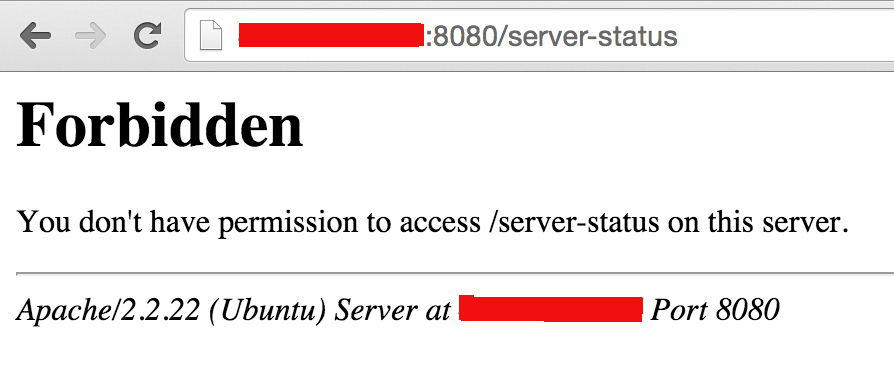
And here are those for hidden one:

The reason is that for Apache any connection from Tor browser is considered to be initiated from localhost (we’ve seen that on all previous faulty screenshots, remember?). Default configuration of status.conf is as follows:
1 2 3 4 5 6 7 | |
In other words, since connection seems to come from a trustworthy source, it simply allows anyone to access it! Moreover, any user navigating on Tor seems to be more trusted than in non-Tor conditions, as both server and many applications just trust 127.0.0.1 more as local. How I hacked StackOverflow, indeed.
So, for this specific case it might be enough to disable /server-status or comment the line “Allow from 127.0.0.1 ::1”. However, the problem is deeper - due to the architecture of Tor solution, all the applications in darknet have to be reviewed to make sure there is no excessive trust to “local attacker”, and it sounds like the fight “Security vs. Privacy” continues.
